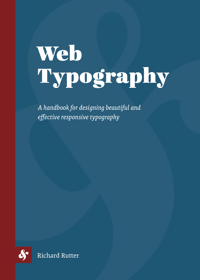2.4.5 Hyphenate according to the conventions of the language
“In English one hyphenates cab-ri-o-let but in French ca-brio-let. The conventions of the individual language should, ideally, be followed even for single foreign words or brief quotations.”
This guideline can be achieved on the Web when hyphenating manually. See §2.4.1 for more information on manual hyphenation.
The Future
Hyphenation will be included in the CSS 3 Text module, but at the time of writing, the definition of the hyphenation feature is still very much up-in-the-air. Currently the CSS 3 Paged Media module has more details of the hyphenation properties originally proposed.
The choice of which hyphenation dictionary to use should be automatic depending on the natural language of the document. The document language should ordinarily be specified in the HTTP header, but can also be identified with markup:
<html lang="en"> ... </html>The CSS 3 Text module may also introduce a hyphenate-dictionary property to specify which hyphenation dictionary to use. For example:
html[lang=en] {
hyphenate-dictionary:url(hyph_en.dic);
}
html[lang=fr] {
hyphenate-dictionary:url(hyph_fr.dic);
}A value of auto would indicate that the built-in dictionaries, if any, should be used.

